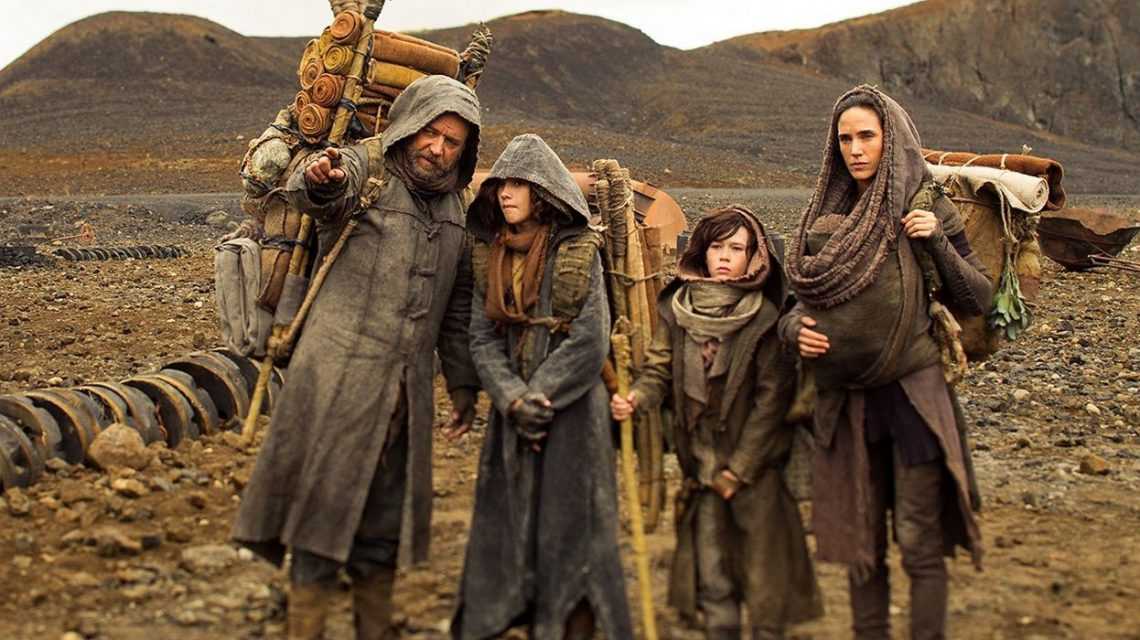The Ecocriticism of the Myth of Fall in Aronofsky’s Noah és Jarmusch’s Only Lovers Left Alive
Abstract
The two movies mentioned in the title are not open for easy comparison, even though they are both trying to represent existential problems which arise from the incompatibility of modern life with the order of nature through rather unusual themes. In Noah one of the Bible’s prominent heroes becomes the archetypal figure of the fundamentalist environmentalist movement, while in Jarmusch’s work environmental consciousness is represented by vampires as opposed to the harmful, polluting humans. This chapter seeks to answer the question whether why a biblical story or a vampire narrative is the most appropriate tool to serve environmentalist purposes. Although this theme is more striking in Noah, through the names of the heroes (Adam and Eve) and the intertext of the Faustus-myth both films deploy the Jewish-Christian mythology to provide a metaphoric framework for the exploration of the relationship between culture and nature. Although their rethorical tools are radically different, both Jarmusch and Aronofsky use the myth of the Fall to allegorize the road that has led Western civilization to an ecological dead-end. While through the modernist tradition the Edenic ban appears as an obstacle to human freedom and individual self-accomplishment, on the basis of the two films’ analysis I interpret it as a command that endorses a sustainable way of life.
Shots from Chapter 3:

“Noah’s family is a representative of nomadic hunting-gathering societies, whose way of life — according to archaeological and anthropological evidence — is the only human lifestyle that could have ever been called ‘sustainable’. That is, they do not pollute their environment, they do not leave a lasting mark in the ecosystem, and they do not threaten its temporary balance. The movie’s emphasis, however, is on Noah’s conscious effort to behave sustainably. Since his principles (according to the fiction) are in harmony with the aims of God, the film attributes meaning to human life by making it responsible for the wellbeing of the remaining part of Creation. In the initiation rite of Noah his father, Lamech declares: ‘The Creator made Adam in His image and then placed the world in his care. This is your work now. Your responsibility. May you walk alongside the Creator in his righteousness.’ This idea is highly reminiscent of the ‘pastoral model’ of ecology, according to which
the unique capacity for humans to develop and deploy methods of production which have global consequences, means that humans also have an explicit responsibility to ensure that such production methods do not exceed the ecospheric limits of the planet. Moreover, this responsibility is a responsibility that extends to human and nonhuman life. (Rob White)” (p. 111)

“The ecological allusions in the film directed by Jarmush enable to interpret the figure of the vampire as the metaphor of Man exploiting Nature and overturning its balance. As indicated by the names of vampire lovers, Adam and Eve, the event of the Fall can be interpreted as the allegorical moment of the development of a parasitic, irresponsible attitude to Nature that still dominates our culture. It is especially Ava (the sister of Eve) who is the perfect embodiment of consumer mentality, since her most characteristic feature is her inability to resist temptation which compels her to eat a human from time to time even if she knows it is dangerous for the survival of not only her but her ‘sister’ and her ‘brother-in-law’ as well — in short, her behaviour is dangerous for all her kind. What requires the use of the quotation marks is the name of Ava clearly indicating that she is an alter ego for Eve, which is further confirmed by their similar hairstyles. Ava is the ecologically irrational version of Eve; she is the one who most clearly represents the human race distancing itself from Nature and who is the incorrigible representative of the Fallen world in a theological context. In contrast to her, Eve and Adam represent a possible ‘posthuman’ phase of humankind, being aware of their dangerous abilities, trying to minimize their consumption and their intervention in the natural processes surrounding them.” (pp. 129-130)





